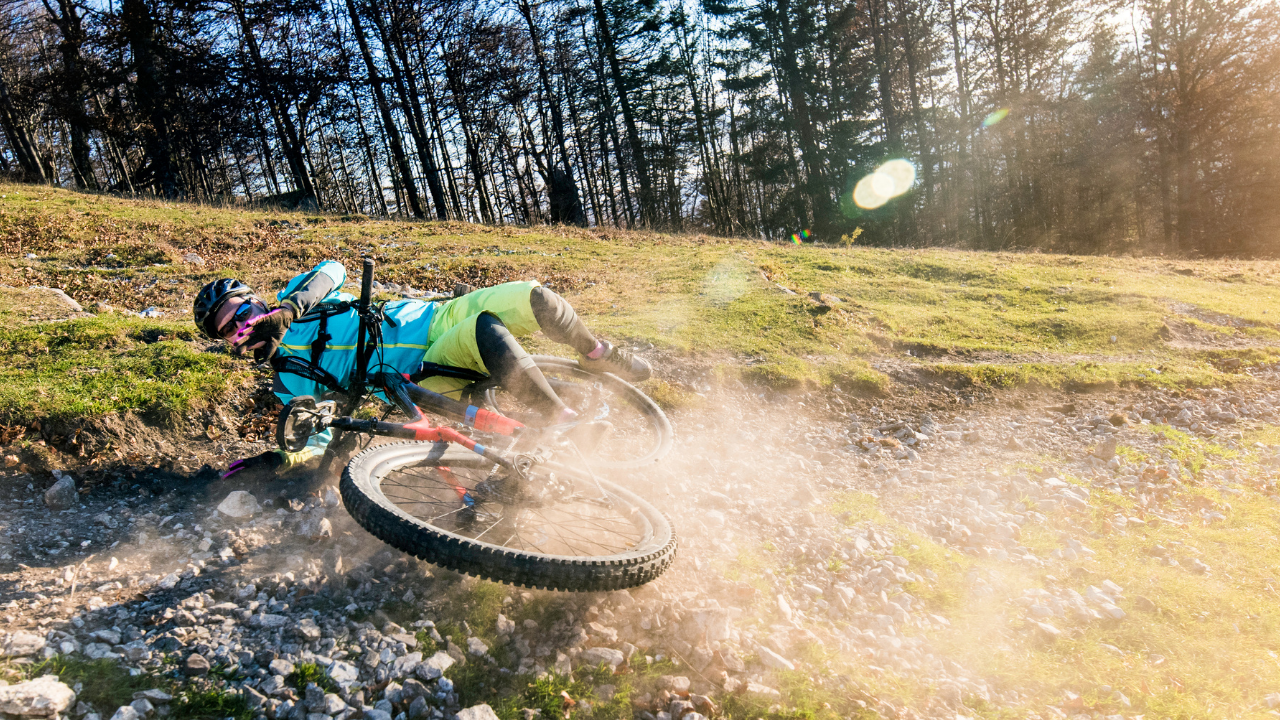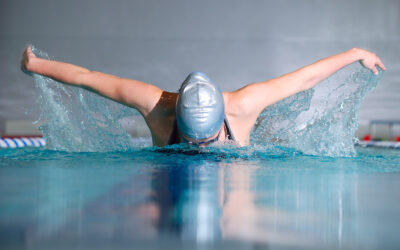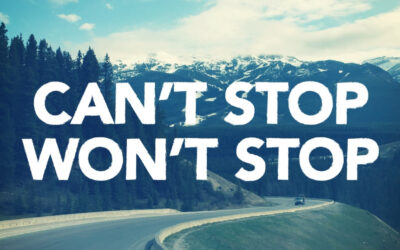So you want to stay pain and injury free on the bike? Well, it all depends on the fitness of the body you bring into cycling and your approach to riding. Let me explain.
BODY FITNESS
More fundamental than your VO2 max or power output, total body fitness includes multiple things. These include your posture and function, your nutrition and hydration, and your mental and emotional state.
Posture and Function
If your body is not in muscle balance and postural symmetry, your movements are inefficient. This will cause you to have muscular compensation with every pedal stroke. How will you know this is happening? Well, you may notice your knees pointed in or out with each revolution. Or, you might experience leg or foot cramps. You also might struggle with lower back and neck pain, chronically have one-sided muscle tightness, or observe rotation in your upper body or pelvis as you grip the handle bars. With thousands of pedal repetitions, these body disparities and the resultant asymmetrical movement patterns can cause your body to suffer from strain, fatigue, and breakdown.
Nutrition and Hydration
Besides needing proper posture and alignment, you also need to stay fed and hydrated well. Let me explain. Food is fuel, and not all foods are created equally. If you are powering up for your rides with chips, soda and baked goods, odds are your energy will quickly deplete. If you don’t eat the enough of the right foods, you’ll just end up hungry. Hunger can make you tired, weak, unable to focus, lightheaded or anxious, all of which can cause harm when speeding around on two wheels.
Being dehydrated is another issue. Did you know that dehydration of just 2% body weight has been found to negatively impact performance? This is mainly because of the decreased blood volume, which, in turn, reduces circulation of oxygen and necessary nutrients. Additionally, an increase in core temperature because of reduced sweating and skin blood flow will hamper performance. As a result, you’re more likely to suffer a heat-related injury.
Mental and Emotional State
A stressful day at work, family drama or bad night of sleep can impact your ability to ride. Why? Because these events can lower our mood and could distract us from focusing on the trail or road ahead. Thus, you need to consider low mood states such as depression, worry, fear, distraction or low confidence before you out on your bike. Try this. Gauge your inner motivation. If you find yourself forcing yourself on the bike out of obligation or guilt, you might need to pass on your ride for the day. In other words, listen to your body. Sometimes it knows what you need more than the overzealous mind.
RIDING APPROACH
What’s the second variable in injury prevention? How you ride! Here are some key ingredients: be prepared, follow a training plan, sit in a neutral posture, and balance cycling and recovery. Read on for more explanation.
Ride Preparation
Before you head out on the road or trail, your bike needs to be in good working order. This includes having a professional bike fit to ensure your body is in the best position possible for long hours in the saddle. While having it adjusted, modify the bike to fit your body using whatever creative solutions you can. In other words, modify the bike to conform to you. Don’t alter your posture and pedal stroke to fit the bike.
After you’ve adjusted your mike perfectly to your body, plan ahead for your cycling season. First, determine your priorities, and then strategically devise workouts to get you there. Also, select a route and goal for every ride with a specific purpose and objective that you’ll meet. If you jump on your bike with no plan, this can lead to disaster, especially if you’re planning a group ride. When you’re surrounded by others, you can easily get caught up in the excitement and go too far or too hard. This will cause you to do more than your body is ready for or to dip into your reserve energy tank, which can then start you down the path of overtraining and burnout.
Pedaling and Position
Now that you’re prepared, look at your pedals. How your pedals are positioned–as noted above–in addition to how fast you spin can affect your risk for injury. For example, a higher cadence, around 90 rpm, reduces knee strain and muscle fatigue.
If you observe most cyclists on the bike, you’ll notice they have-a rounded appearance of the spine from the head to the lower back. This position overly lengthens the muscles of the lower back, exaggerates mid back flexion and hyperextends the neck. Ouch! Instead, roll the pelvis forward into an arch. Then, draw the shoulder blades down and together to re-establish the spine’s natural curves. Ah, much better!
Stress and Rest
It’s fun to ride your bike, but it also causes stress on your body. Each workout breaks you down, which stimulates the body to re-build stronger. The body assimilates all the training hours and becomes stronger during sleep and on your rest days. If it’s not given adequate sleep, which is at least 7.5 hours a night, and if it doesn’t include regular recovery days in your training plan, your body will weaken.
Yo should develop the sport of cycling over years, not weeks. Your body can only absorb so much training, so many intervals, so many endurance miles every season. Don’t rush the process, or you’ll deal with fatigue and pain instead of embracing the joy of the ride!



